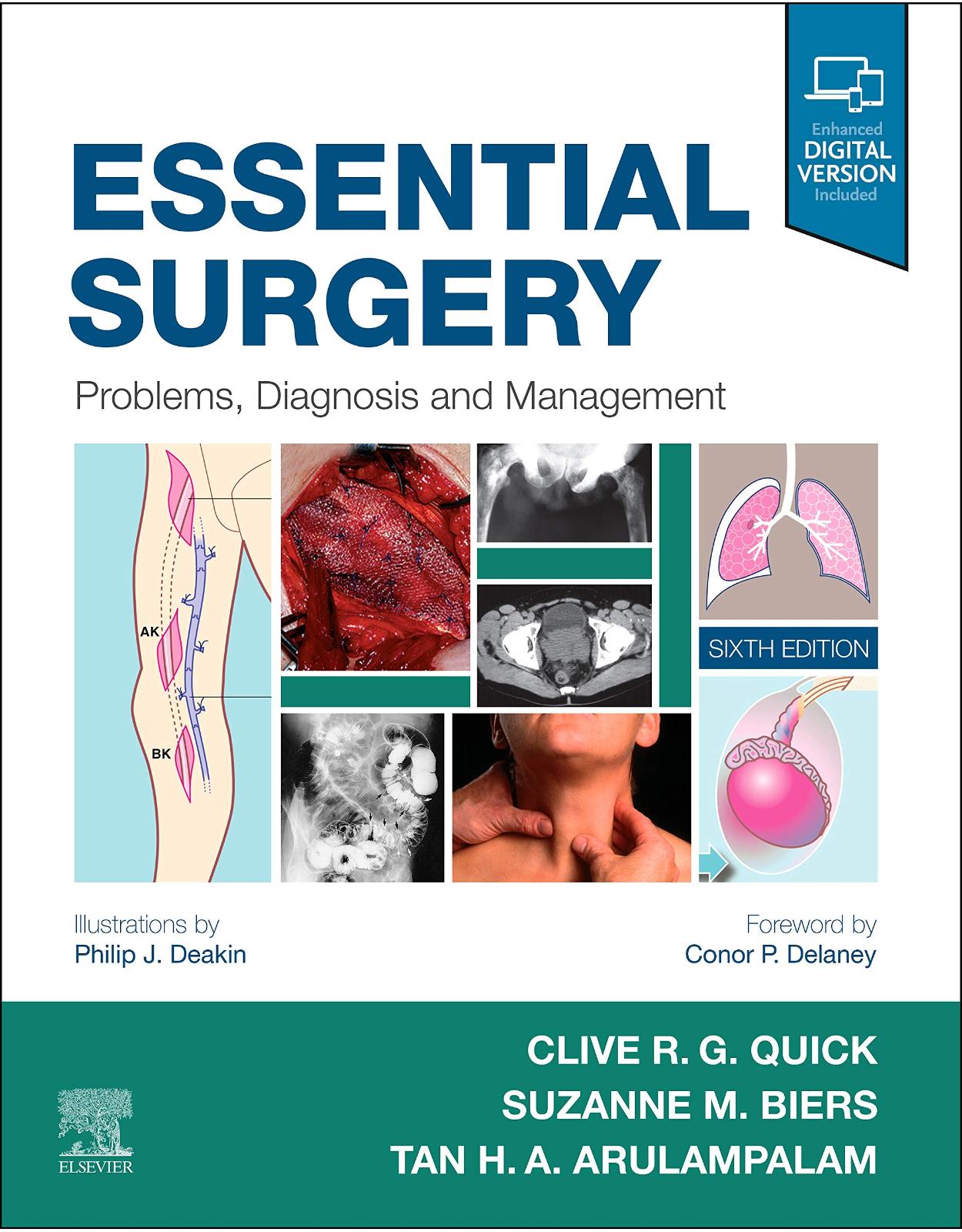
Essential Surgery: Problems, Diagnosis and Management
Livrare gratis la comenzi peste 500 RON. Pentru celelalte comenzi livrarea este 20 RON.
Disponibilitate: La comanda in aproximativ 4 saptamani
Editura: Elsevier
Limba: Engleza
Nr. pagini: 712
Coperta: Paperback
Dimensiuni: 21.59 x 3.18 x 27.31 cm
An aparitie: 4 Jan. 2020
Description:
Essential Surgery is well-established as one of the leading textbooks of surgery for medical students, core surgical trainees and those in professions allied to medicine. Covering general surgery, trauma, orthopaedics, vascular surgery, urology, paediatric surgery, cardiothoracic surgery, neurosurgery, maxillofacial surgery and ENT, it also incorporates appropriate levels of basic science throughout. The book is ideal to accompany clinical courses, as well as being a practical manual for readers at more advanced levels requiring a revision aid for exams. Its main aim is to stimulate the reader to a greater enjoyment and understanding of the practice of surgery.
The uniformity of the writing style and the clarity of elucidation will encourage continued reading, while the emphasis on the principles of surgery will enable a real understanding of the subject matter.
The book incorporates a problem-solving approach wherever possible, emphasising how diagnoses are made and why particular treatments are used.
The pathophysiological basis of surgical diseases is discussed in relation to their management, acting as a bridge between basic medical sciences and clinical problems.
The book’s extensive use of original illustrations, colour photographs, radiology images, boxes and tables emphasises important concepts and will promote easy revision of topics.
The principles of operative surgery and pre-, peri- and postoperative care are explained together with outlines of common operations, enabling students and trainee surgeons to properly understand procedures and to participate intelligently in the operating department.
A major and comprehensive revision of the text has taken full account of the progressive evolution of surgery and includes new scientific and clinical concepts that have advanced medical understanding.
Ensuring the book’s contents are aligned to the curriculum of the UK Intercollegiate MRCS examination has resulted in the addition of new topics including an emphasis on peri-operative care optimisation, enhanced recovery programmes, antibiotic use and resistance, updated cancer staging, minimally invasive surgery, and the evolving role of interventional radiology.
Additional essential governance and management topics are covered, including patient safety, surgical ethics, communication, consent, clinical audit and principles of research.
The broad experience of surgical teaching and training of two new editors and many new contributors, all with sub-specialist expertise, have brought a contemporary perspective on the book’s contents and its presentation.
New national and international guidelines for managing common disorders have been incorporated where appropriate, including major haemorrhage management pathways and trauma.
There are new dedicated chapters on major trauma management and elective orthopaedics.
Table of Contents:
Section A. Principles of Surgical Care
1. Mechanisms of Surgical Disease and Surgery in Practice
Approaches to Surgical Problems
Principal Mechanisms of Surgical Disease
Medical Ethics and Confidentiality
Communication
Evidence-Based Medicine and Guidelines
Consent to Treatment
Clinical Governance and Clinical Audit
Research in Surgery
Patient Safety
Disease Processes
2. Managing Physiological Change in the Surgical Patient
Systemic Responses
Systemic Inflammatory Responses and Sepsis (See Ch. 3)
Fluid, Electrolyte and Acid–Base Management
Nutritional Management in the Surgical Patient
3. Immunity, Inflammation and Infection
Immune Responses
The Gut Microbiome
Inflammation
Infection
Bacteria of Particular Surgical Importance
Mycobacteria
Viruses of Particular Surgical Importance
Sepsis
4. Shock and Resuscitation
The Pathophysiology of Shock
Early Recognition of Shock
Types of Shock
Clinical Features of Shock
Specific Treatments for Shock
Resuscitation of the ‘Collapsed’ Nontrauma Patient
A Scheme for Managing the Acutely Ill or Shocked Patient
Diagnostic Techniques
5. Imaging and Interventional Techniques in Radiology and Surgery
Introduction
Plain Radiology
Safety in Departments of Medical Imaging
General Principles of Radiology
Contrast Radiology
Biliary Radiology
Vascular and Interventional Radiology
Imaging Techniques
Interventional Radiology
Radionuclide Scanning
Flexible Endoscopy
6. Screening for Adult Disease
Principles of Screening
Screening for Cancer
Screening for Cardiovascular Disease
Section B. Perioperative Care
7. Preoperative Assessment and Management of Postoperative Problems
Preoperative Assessment
Preparation for Major Operation
Postoperative Management
8. Medical Problems
Introduction
Cardiac and Cerebrovascular Disease
Respiratory Diseases
Gastrointestinal Disorders
Hepatic Disorders
Renal Disorders
Diabetes Mellitus
Thyroid Disease
Disorders of Adrenal Function
Musculoskeletal and Neurological Disorders
Haematological Disorders
Psychiatric Disorders
Obesity
Chronic Drug Therapy
9. Blood Transfusion
Principles of Blood Transfusion
Reducing the Need for Bank Blood Transfusion
Laboratory Aspects of Blood Transfusion
Blood Transfusion in Clinical Practice
Adverse Effects of Blood Transfusion
10. Principles and Techniques of Operative Surgery Including Neurosurgery
Introduction
Principles of Asepsis
Basic Surgical Techniques
Soft Tissue Surgery
Surgery Involving Infected Tissues
Principles of Plastic Surgery
Laparoscopic Surgery
Principles of Neurosurgery
11. Elective Orthopaedics
Introduction
Children’s Orthopaedic Surgery
Infection in Orthopaedics
Orthopaedic Surgery and Neurological Problems Outside the Spine
Somatisation
Bone Tumours
Regional Orthopaedics
12. Complications of Surgery
Introduction
Complications of Anaesthesia
General Complications of Operations
Complications of Any Surgical Condition
Complications of Operations Involving Bowel
13. Principles of Cancer Management
Introduction
Neoplasia
Treatment of Malignant Tumours
Surgery for Cancer
Radiotherapy
Chemotherapy
Hormonal Manipulation
Targeted Therapies
Palliative Care
14. Principles of Transplantation Surgery
Introduction
Transplant Immunology
Organ Donation and Preservation
Specific Organ Transplants
Section C. Principles of Trauma Surgery
15. Major Trauma
Injury Epidemiology
Trauma Systems
Prehospital Trauma Care
Initial Assessment in Hospital
Abdominal Injuries
Injuries to Specific Solid Organs
Chest Injuries
Vascular Trauma
Special Patient Groups
Emergency Transfer
Rehabilitation
Orthopaedic injuries
Dislocations and Subluxations
Initial Management of Fractures in Polytrauma Victims: Damage Control (Also See Chapter 5)
Ligament Injuries
Muscle Injuries
16. Head and Maxillofacial Injuries
Head Injuries
Management of Head Injuries
Maxillofacial Injuries
Common Ear, Nose and Throat Emergencies
17. Soft Tissue Injuries and Burns
Soft Tissue Injuries
Burns
Symptoms, Diagnosis and Management
Abdomen, General Principles
18. Nonacute Abdominal Pain and Other Abdominal Symptoms and Signs
Introduction
Pain
Dysphagia and Odynophagia
Weight Loss, Anorexia and Associated Symptoms
Anal and Perianal Symptoms
Change in Bowel Habit, Rectal Bleeding and Related Symptoms
Iron Deficiency Anaemia
Obstructive Jaundice
Abdominal Mass or Distension
19. The Acute Abdomen and Acute Gastrointestinal Haemorrhage
Introduction
Basic Principles of Managing the Acute Abdomen
Disorders and Diseases Causing the Acute Abdomen
Upper Gastrointestinal and Hepatobiliary
20. Gallstone Diseases and Related Disorders
Introduction
Structure and Function of the Biliary System
Pathophysiology of the Biliary System
Investigation of Gall Bladder Pathology
Clinical Presentations of Gallstone Disease
Management of Gallstone Disease
21. Peptic Ulceration and Related Disorders
Introduction
Pathophysiology and Epidemiology of Peptic Disorders
Investigation and Clinical Features of Peptic Disorders
Presenting Features of Peptic Ulcer Disease
22. Disorders of the Oesophagus
Introduction
Carcinoma of the Oesophagus
Hiatus Hernia and Reflux Oesophagitis
Achalasia
Pharyngeal Pouch
Oesophageal Web
Gastrooesophageal Varices
23. Tumours of the Stomach and Small Intestine
Introduction
Carcinoma of Stomach
Gastric Polyps
Gastrointestinal Stromal Tumours
Gastric and Small Bowel Lymphomas
Carcinoid Tumours
Other Tumours of the Small Intestine
24. Tumours of the Pancreas and Hepatobiliary System; the Spleen
Introduction
Carcinoma of the Pancreas
Endocrine Tumours of the Pancreas
Biliary and Periampullary Tumours
Carcinoma of the Gall Bladder
Primary Sclerosing Cholangitis
Liver Tumours and Abscesses
The Spleen
25. Pancreatitis
Introduction
Acute Pancreatitis
Recurrent and Chronic Pancreatitis
Coloproctology
26. Appendicitis
Introduction
Anatomy of the Appendix
Pathophysiology of Appendicitis
Clinical Features of Appendicitis
Making the Diagnosis of Appendicitis
Appendicectomy
27. Colorectal Polyps and Carcinoma
Introduction
Colorectal Polyps
Adenocarcinoma of Colon and Rectum
Stomas
28. Chronic Inflammatory Disorders of the Bowel
Introduction
Ulcerative Colitis
Crohn Disease
Other Chronic Inflammations of the Colon
29. Disorders of Large Bowel Motility, Structure and Perfusion
Introduction
Modern Diet and Disease
Irritable Bowel Syndrome
Constipation
Sigmoid Volvulus (See Fig. 29.1)
Diverticular Disease
Colonic Angiodysplasias
Ischaemic Colitis
30. Anal and Perianal Disorders
Introduction
Anatomy of the Anal Canal
Haemorrhoids
Anal Fissure
Anorectal Abscesses
Anal Fistula
Pilonidal Sinus and Abscess
Rectal Prolapse
Faecal Incontinence (Table 30.1)
Anal Warts (Condylomata Accuminata)
Squamous Cell Carcinoma of the Anus
Proctalgia Fugax
Pruritus Ani
Thoracic Surgery Excluding Cardiac
31. Thoracic Surgery
Introduction
Investigative Techniques
Therapeutic Procedures
Specific Thoracic Disorders
Groin and Male Genitalia
32. Hernias and Other Groin Problems
Introduction
Lumps in the Groin
Inguinal Hernia
Femoral Hernia
Enlarged Inguinal Lymph Nodes
Saphena Varix
Femoral Artery Aneurysm
Chronic Groin Pain
Ventral Hernias
33. Disorders of the Male Genitalia
Disorders of the Scrotal Contents
Male Sterilisation
Disorders of the Penis
Urology
34. Symptoms, Signs and Investigation of Urinary Tract Disorders
Introduction
Symptoms of Urinary Tract Disease
Approach to the Diagnosis of Urinary Symptoms
Investigation of Suspected Urinary Tract Disease
35. Disorders of the Prostate
Introduction
Anatomy
Benign Prostatic Hyperplasia
Acute Urinary Retention and Its Management
Indwelling Catheters and Their Management
Carcinoma of the Prostate
Prostatitis
36. Tumours of the Kidney and Urinary Tract
Introduction
Renal Cell Carcinoma
Urothelial Carcinoma (Transitional Cell Carcinoma)
37. Stone Disease of the Urinary Tract
Introduction
Pathophysiology of Stone Disease
Clinical Features of Stone Disease
Investigation and Management of Suspected Urinary Tract Stones
Renal ultrasonography
Management of Acute Ureteric Colic
Long-Term Management of Urological Stone Disease
38. Urinary Tract Infections
Introduction
Bacterial Infections of the Lower Urinary Tract
Upper Urinary Tract Infections
Genitourinary Tuberculosis
Schistosomiasis
Urethral Infections and Strictures
39. Congenital Disorders and Diseases Secondarily Involving the Urinary Tract
Congenital Urinary Tract Disorders
Diseases Secondarily Involving the Urinary Tract
Cardiovascular Disorders
40. Pathophysiology, Clinical Features and Diagnosis of Vascular Disease Affecting the Limbs
Introduction
Vascular Insufficiency of the Limb (Table 40.1)
Symptoms and Signs in the Limb
41. Managing Lower Limb Arterial Insufficiency, the Diabetic Foot and Major Amputations
Introduction
Chronic Lower Limb Ischaemia
Acute Lower Limb Ischaemia
The Diabetic Foot
Lower Limb Amputation
42. Aneurysms and Other Peripheral Arterial Disorders
Aneurysms (Table 42.1)
Upper Limb Problems (See Table 40.5, P. 514)
Extracranial Cerebral Arterial Insufficiency
Arterial Insufficiency in Other Organs
Complications of Arterial Surgery
Long-Term Follow Up After Arterial Surgery
43. Venous Disorders of the Lower Limb
Venous Thrombosis and the Post-thrombotic Limb
Axillary Vein Thrombosis
Varicose Veins
44. Cardiac Surgery
Introduction and Cardiopulmonary Bypass
Assessing Risk in Cardiac Surgery
Congenital Cardiac Disease
Acquired Heart Disease
Disease of the Thoracic Aorta
Pulmonary Embolism
Advanced Heart Failure
Disorders of the Breast and Skin
45. Disorders of the Breast
Introduction to Breast Disease
Anatomy of the Female Breast
Symptoms and Signs of Breast Disease
Investigation of Breast Disorders
Breast Cancer
Benign Breast Disorders
Male Breast Disorders
46. Disorders of the Skin
Introduction
Overview of the Skin
Signs and Symptoms of Skin Disorders
Lesions Originating in the Epidermis
Lesions Originating in the Dermis
Lesions of the Hypodermis and Deeper Tissues
Inflammatory and Infective Lesions
Lesions of Vascular Origin
Lesions Derived From Skin Appendages
Disorders of the Nails
Disorders of the Head and Neck
47. Lumps in the Head and Neck and Salivary Calculi
Introduction
History and Examination in the Head and Neck
Tumours of Salivary Glands
Salivary Gland Stone Disease (Sialolithiasis)
Inflammatory Disorders of Salivary Glands
Salivary Retention Cysts
Lymph Node Disorders of the Head and Neck
Miscellaneous Causes of a Lump in the Neck
48. Disorders of the Mouth
Disorders of the Oral Cavity (Excluding Salivary Calculi)
Miscellaneous Disorders Causing Intraoral Swelling
49. Disorders of the Thyroid, Parathyroid and Adrenal Glands
Introduction
Thyroid Disorders
Disorders of Parathyroid Glands
Adrenal Glands
Neonatal and Paediatric Surgery
50. Acute Surgical Problems in Children
Introduction
Physiological Differences Between Infants and Adults
Managing Surgery in Infants
Surgical Emergencies in the Neonate
Abdominal Emergencies in Infants and Young Children
Abdominal Emergencies in Older Children
51. Nonacute Abdominal and Urological Problems in Children
Introduction
Problems With the Groin and Male Genitalia
Renal, Vesical and Urethral Abnormalities
Hypospadias and Epispadias
Posterior Urethral Valves
Abdominal Problems
Index
| An aparitie | 4 Jan. 2020 |
| Autor | Clive R. G. Quick MB BS, FDS FRCS, MS(London) MA(Cambridge) |
| Dimensiuni | 21.59 x 3.18 x 27.31 cm |
| Editura | Elsevier |
| Format | Paperback |
| ISBN | 9780702076312 |
| Limba | Engleza |
| Nr pag | 712 |

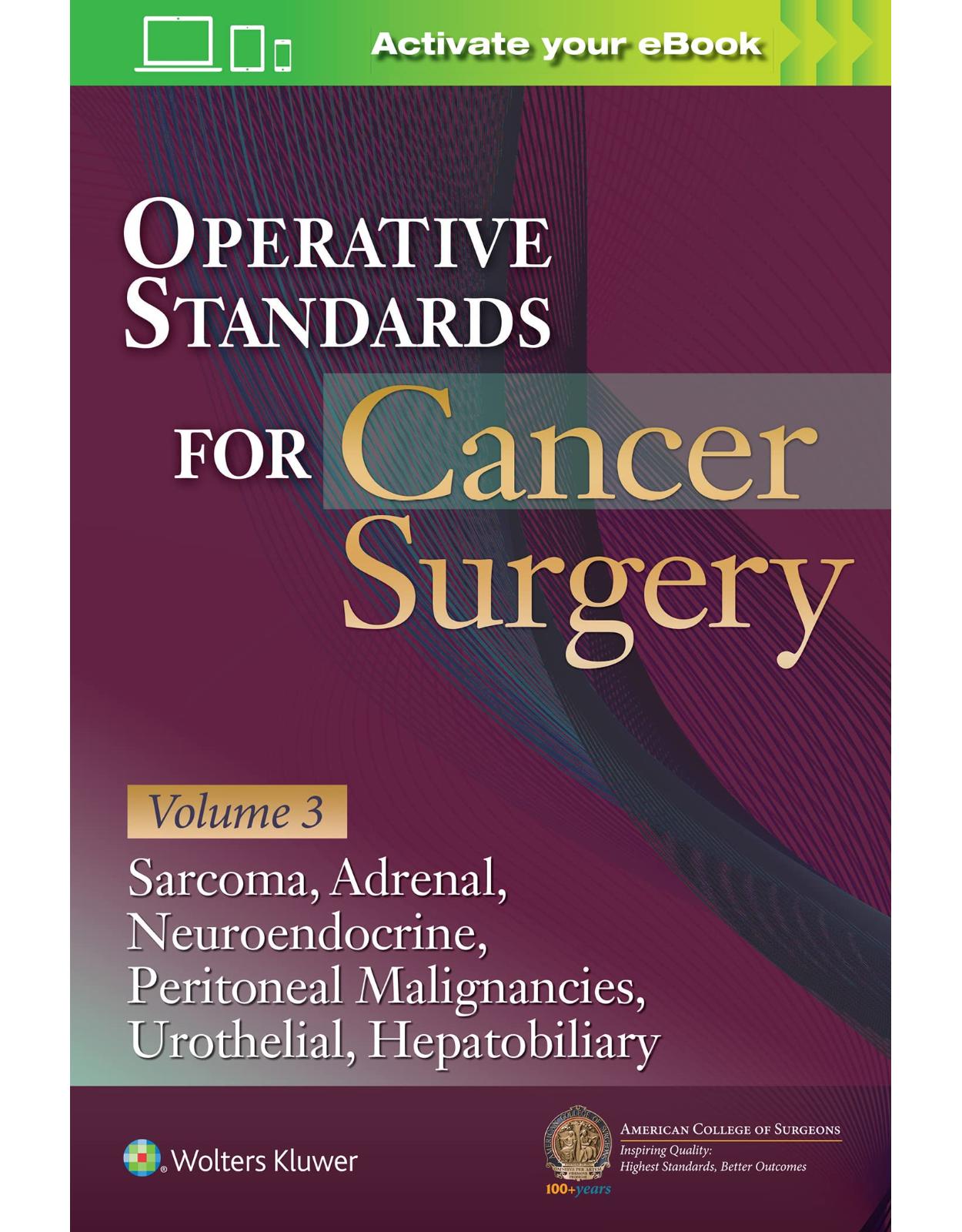
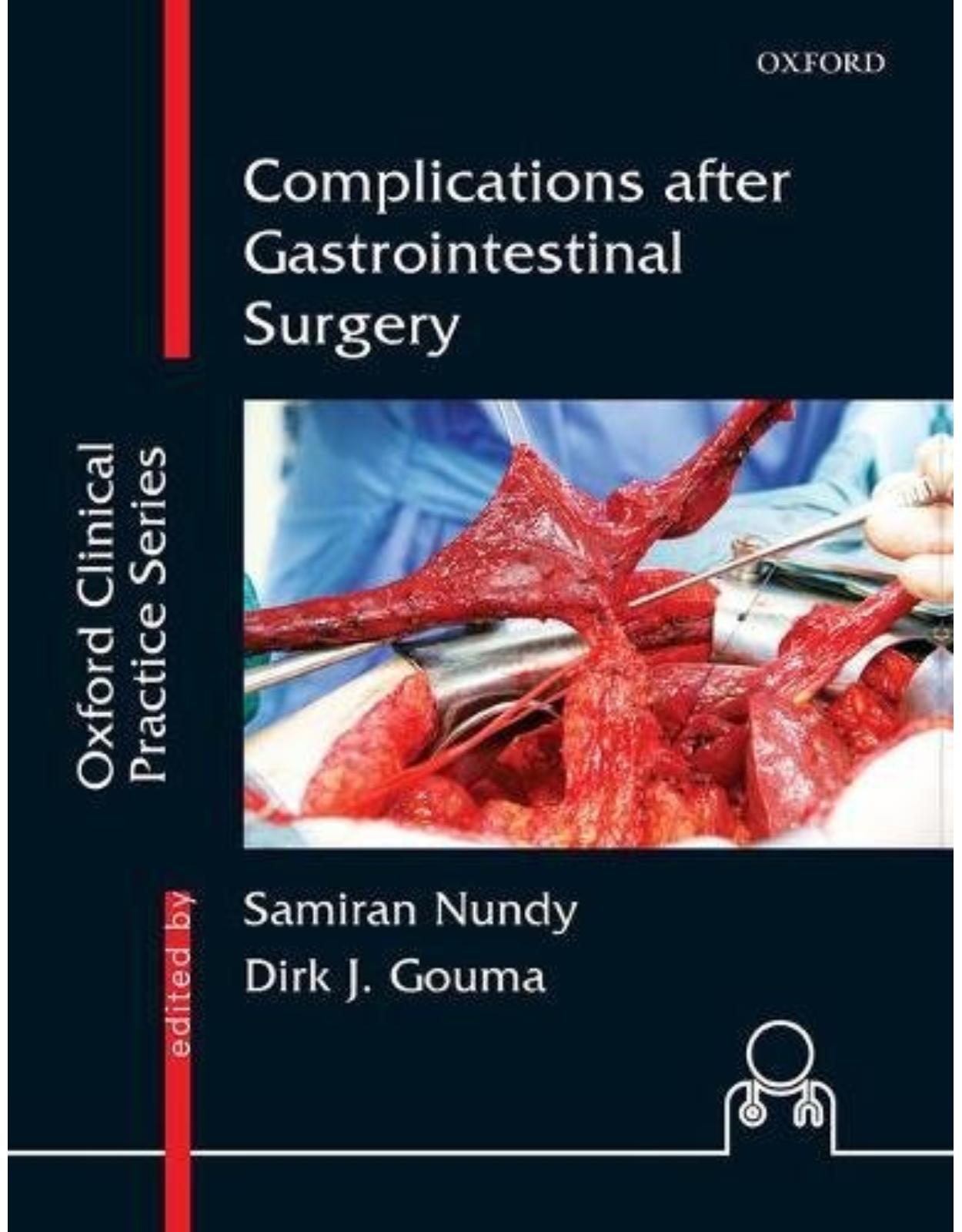
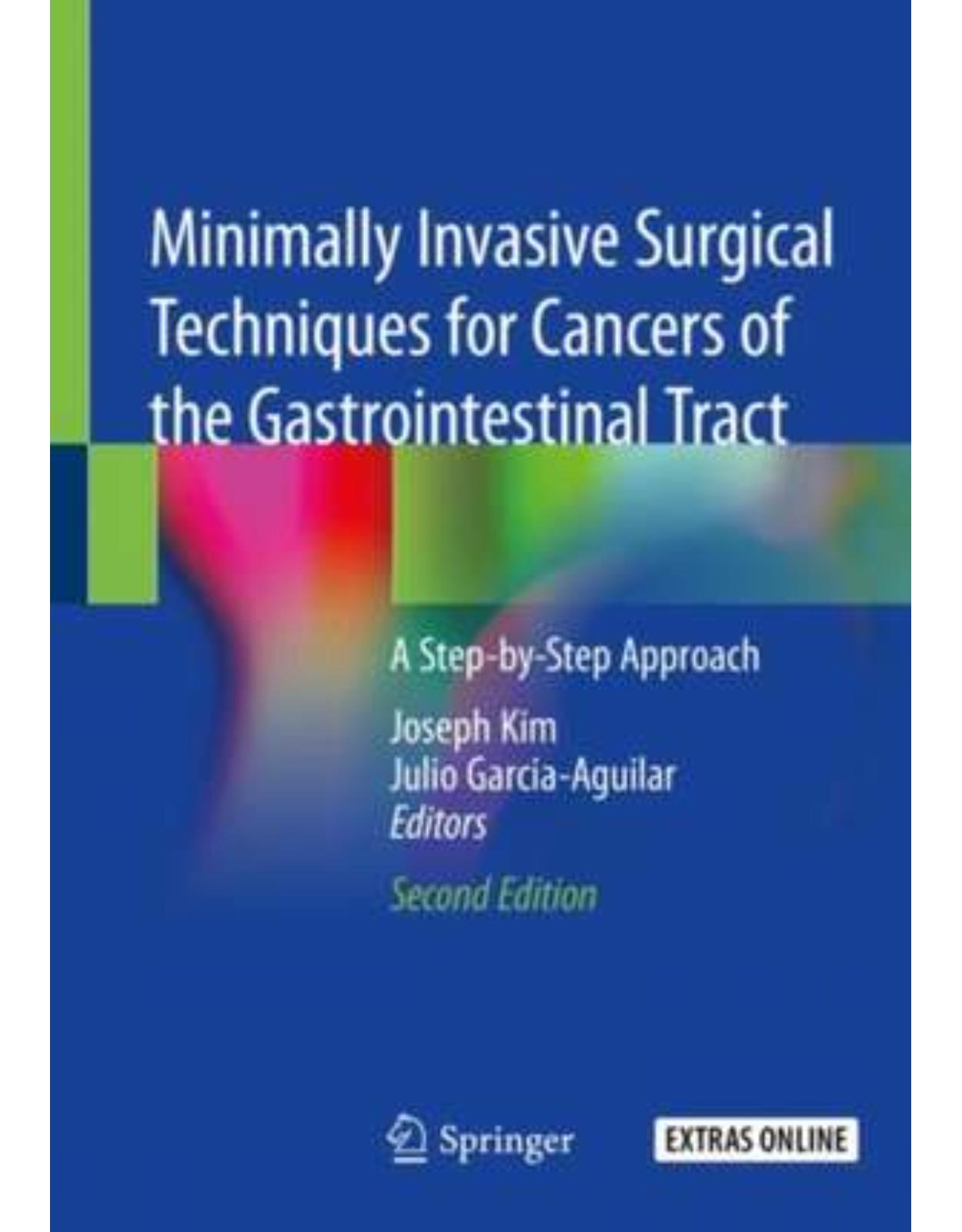
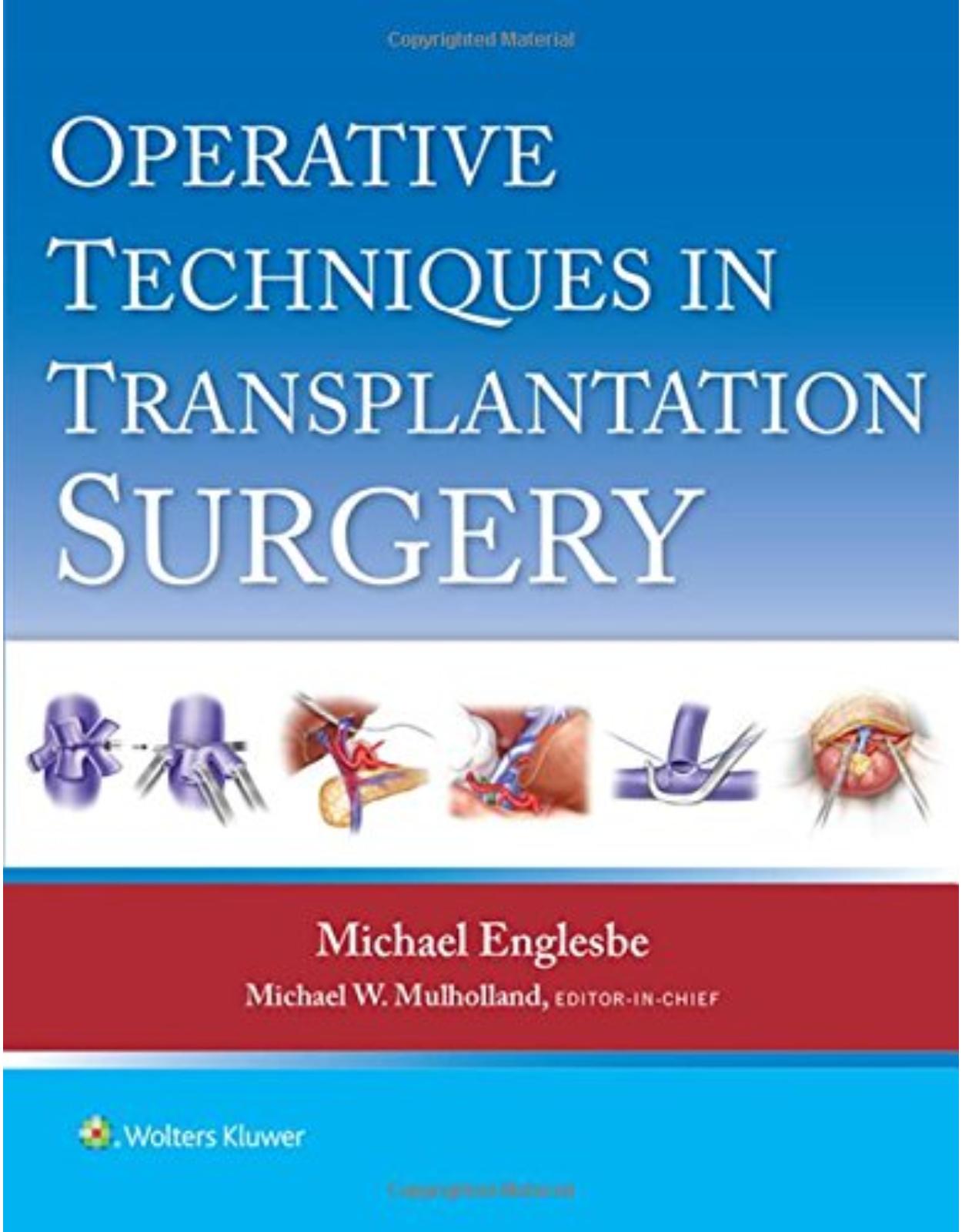
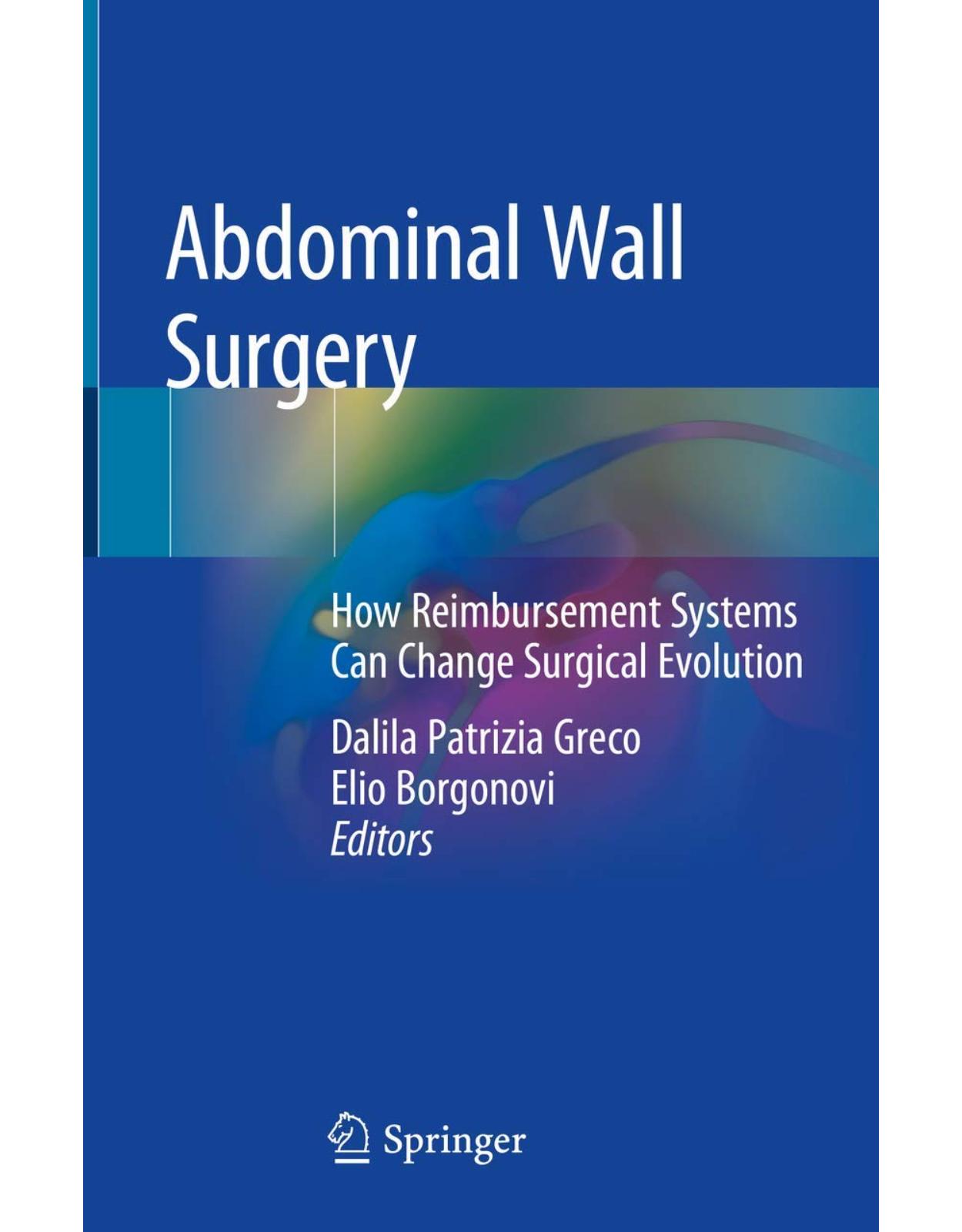
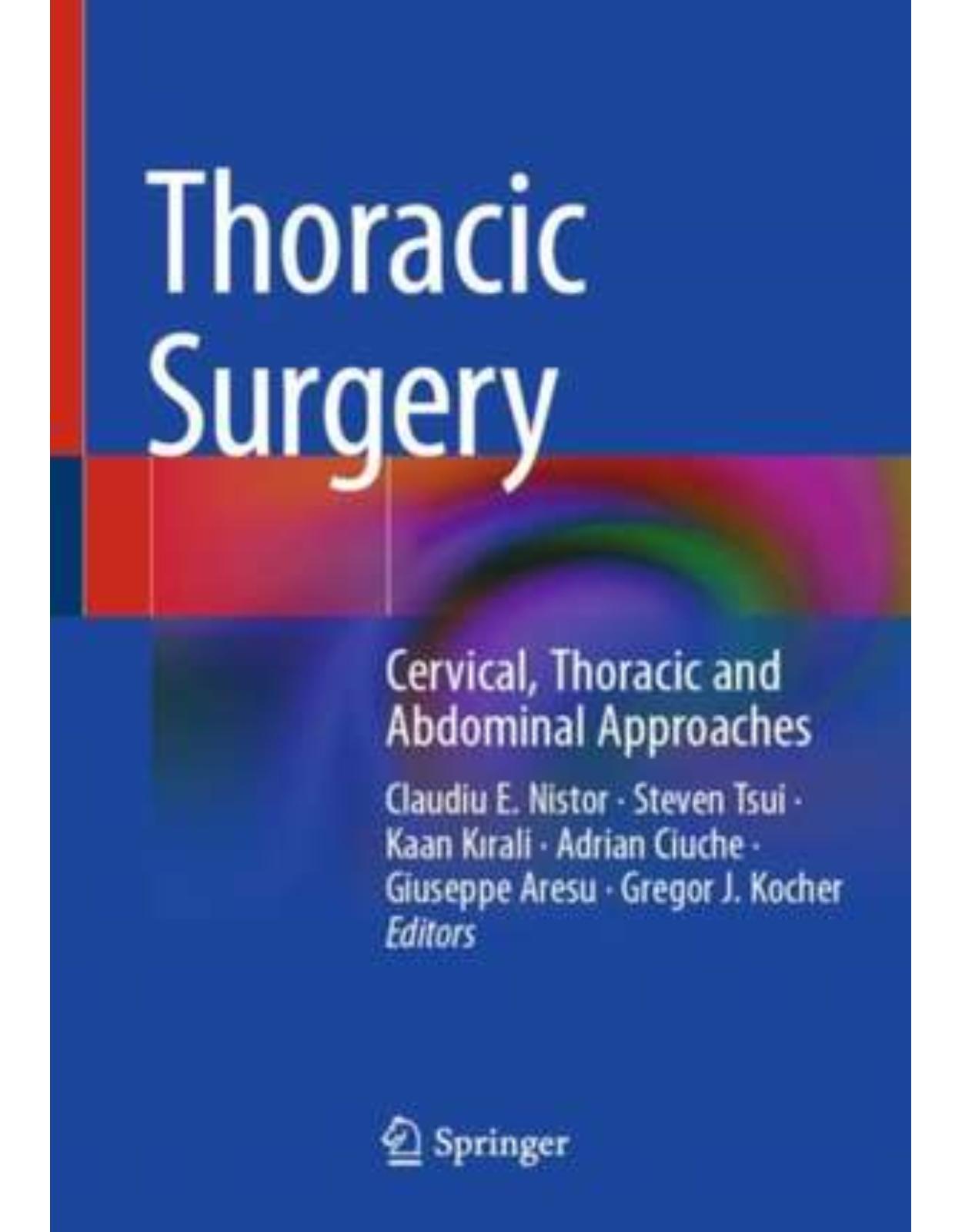
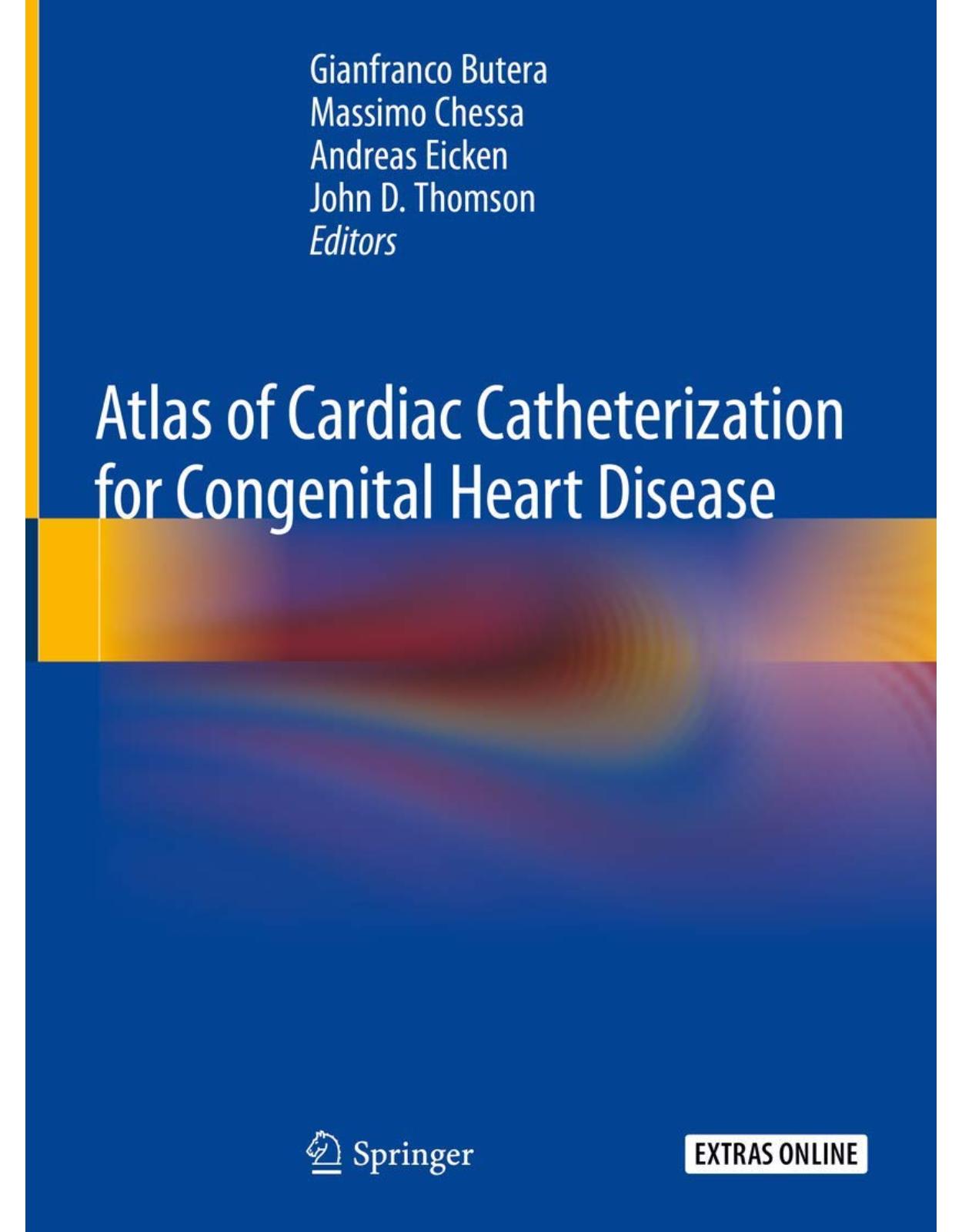
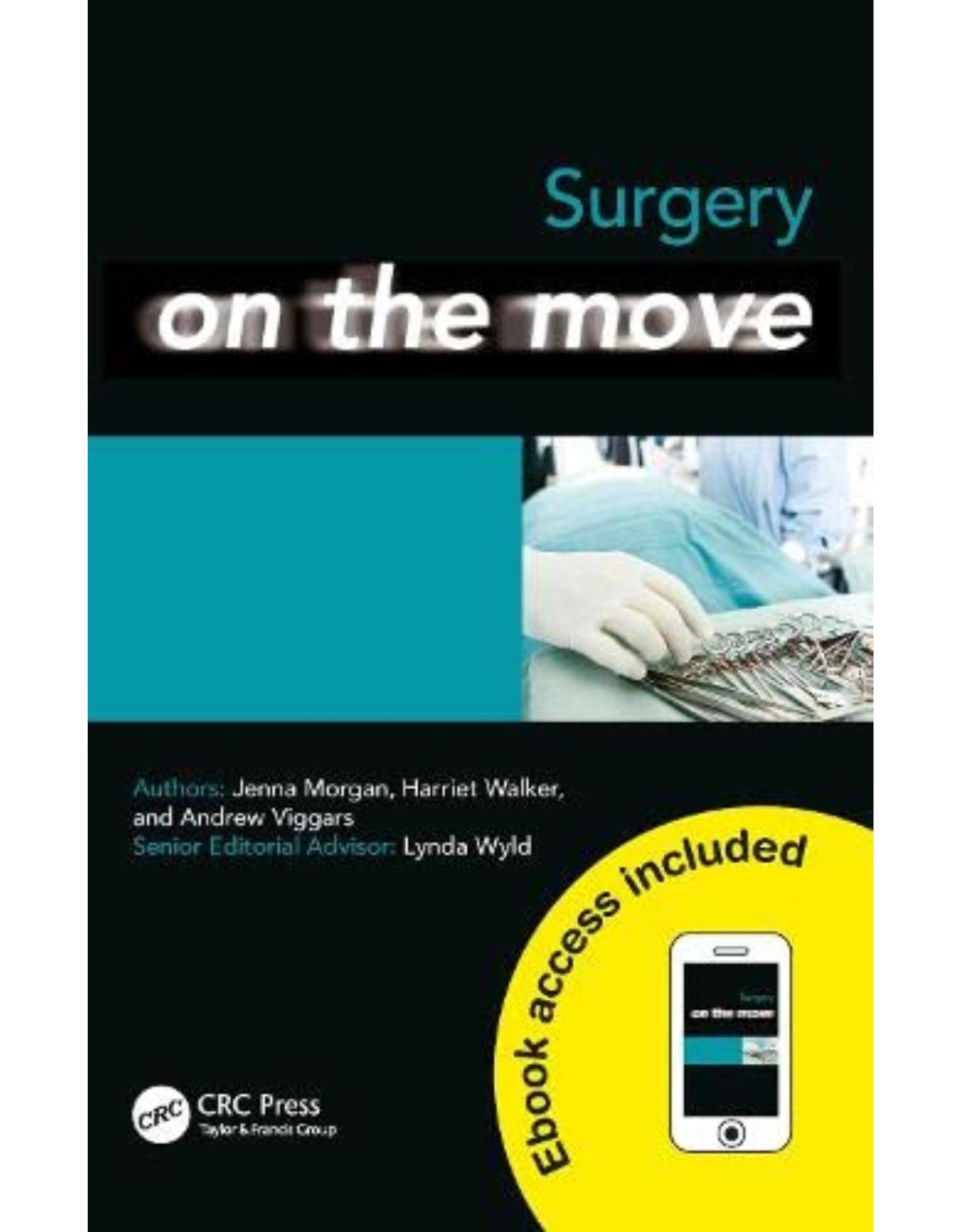
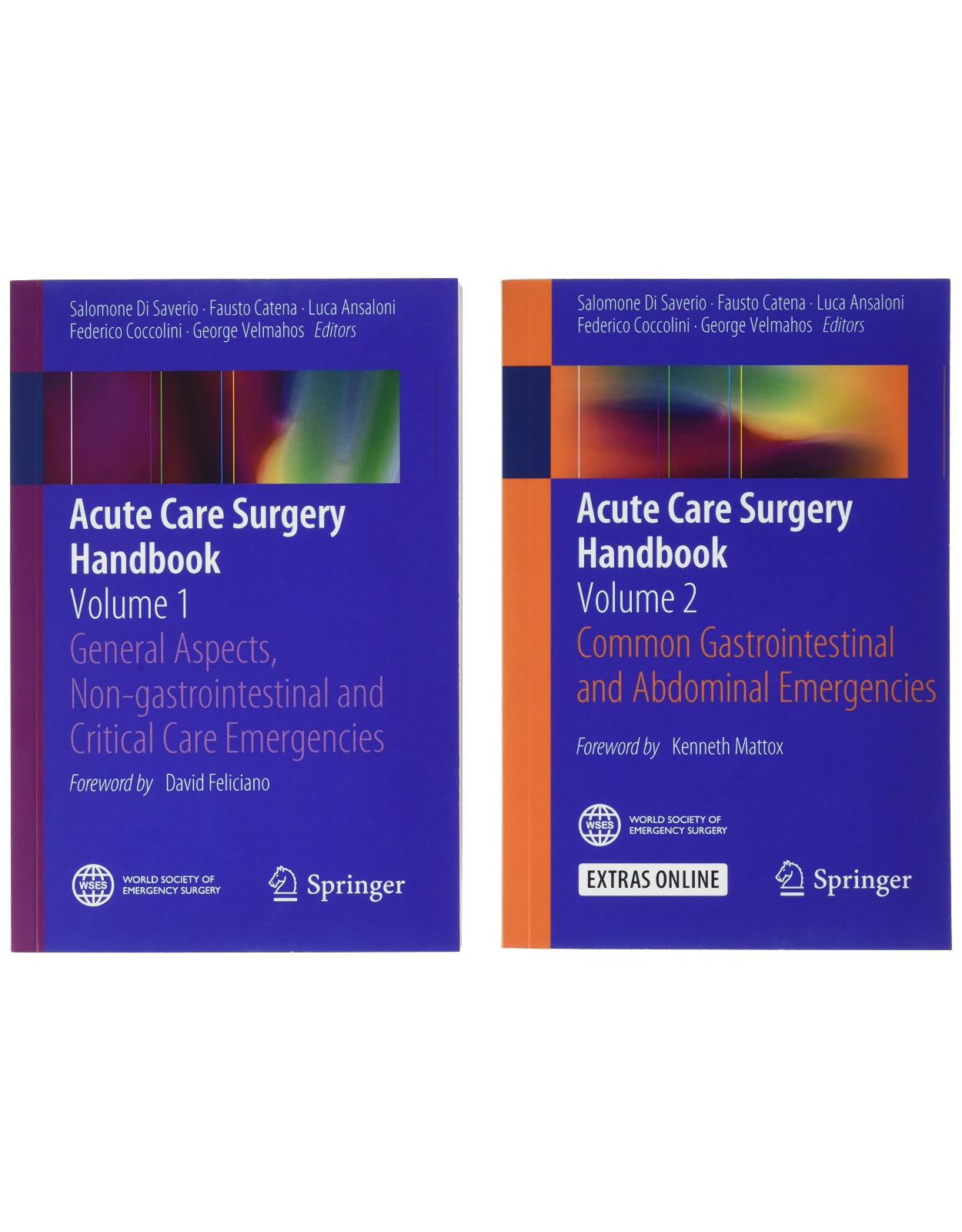
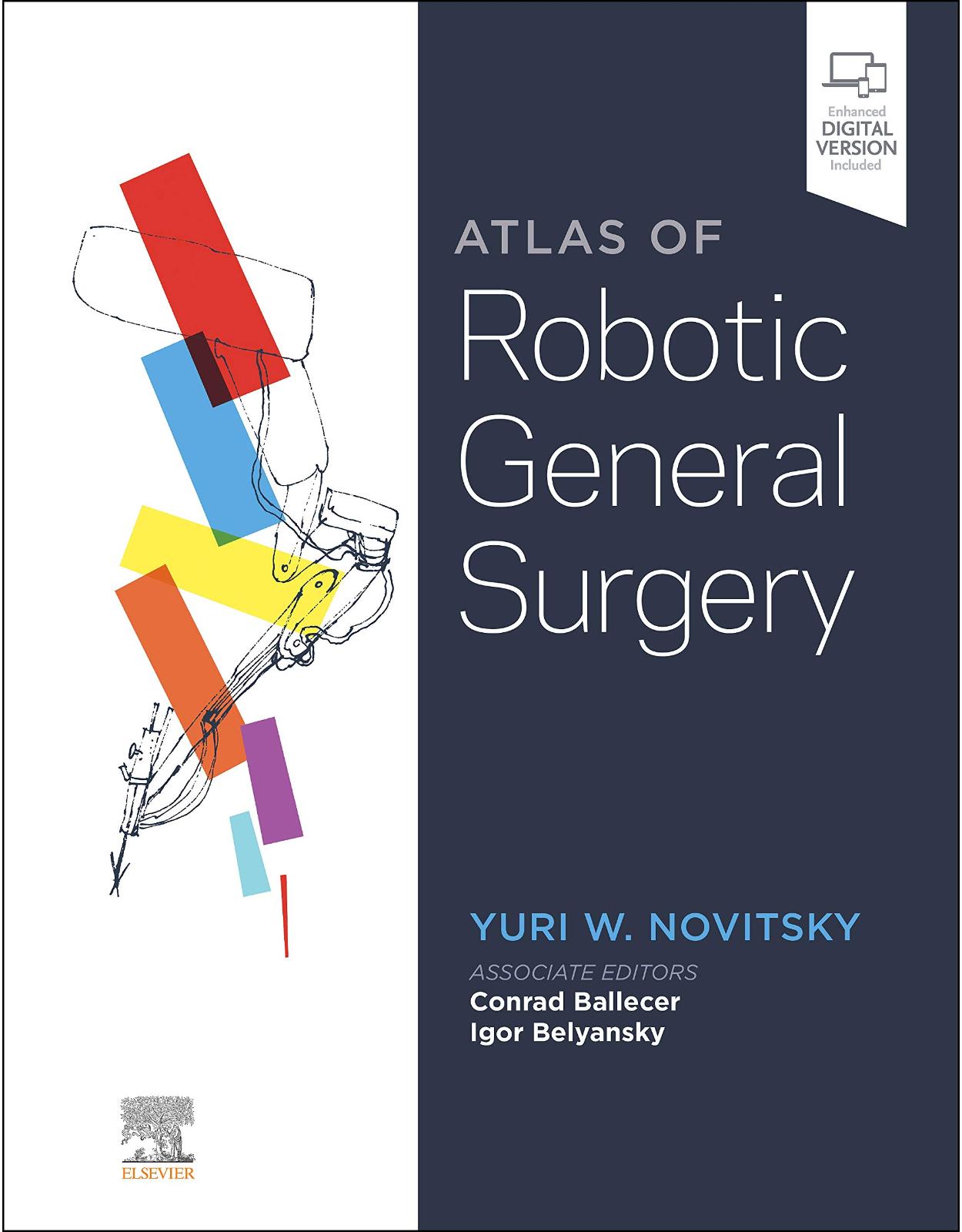
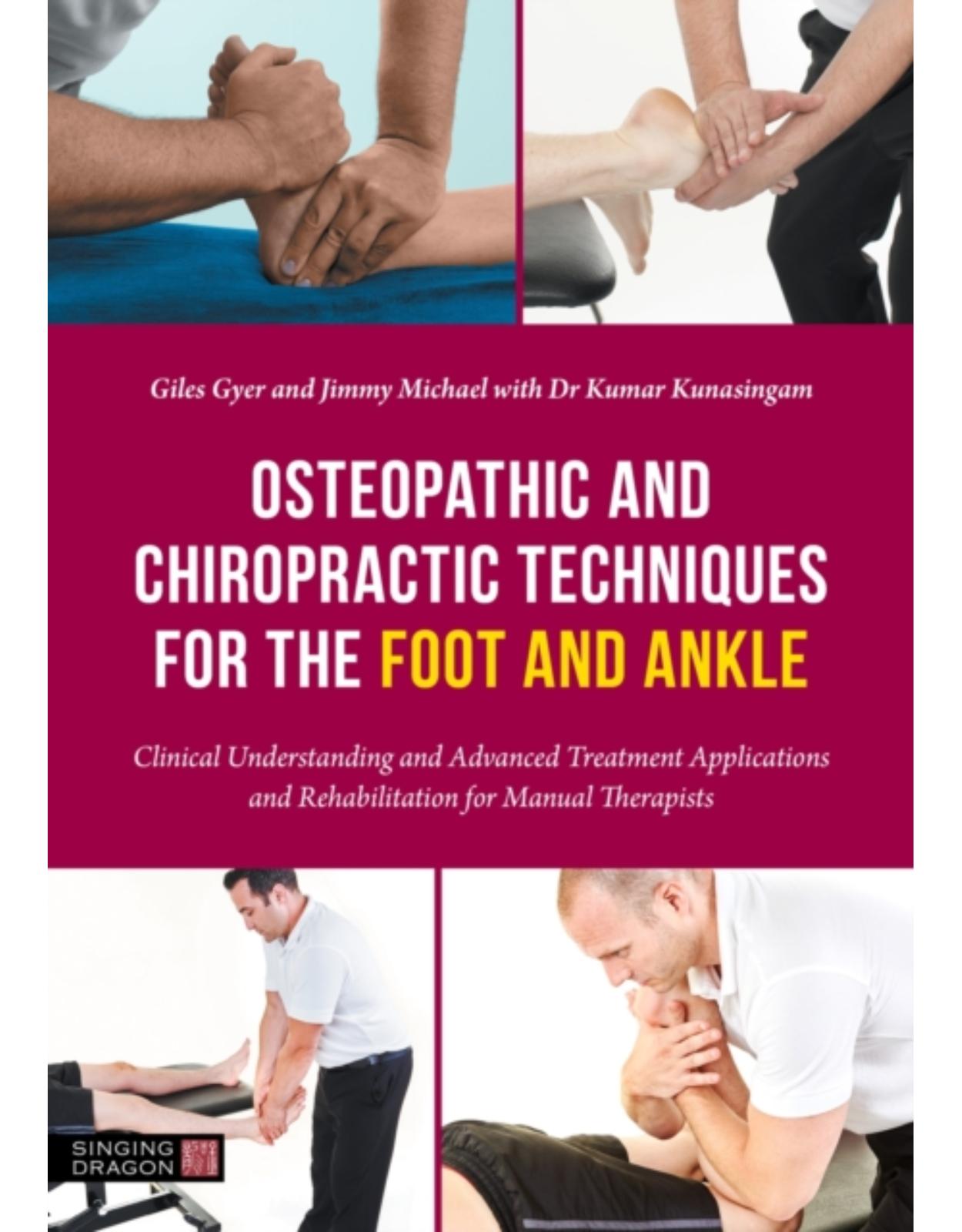
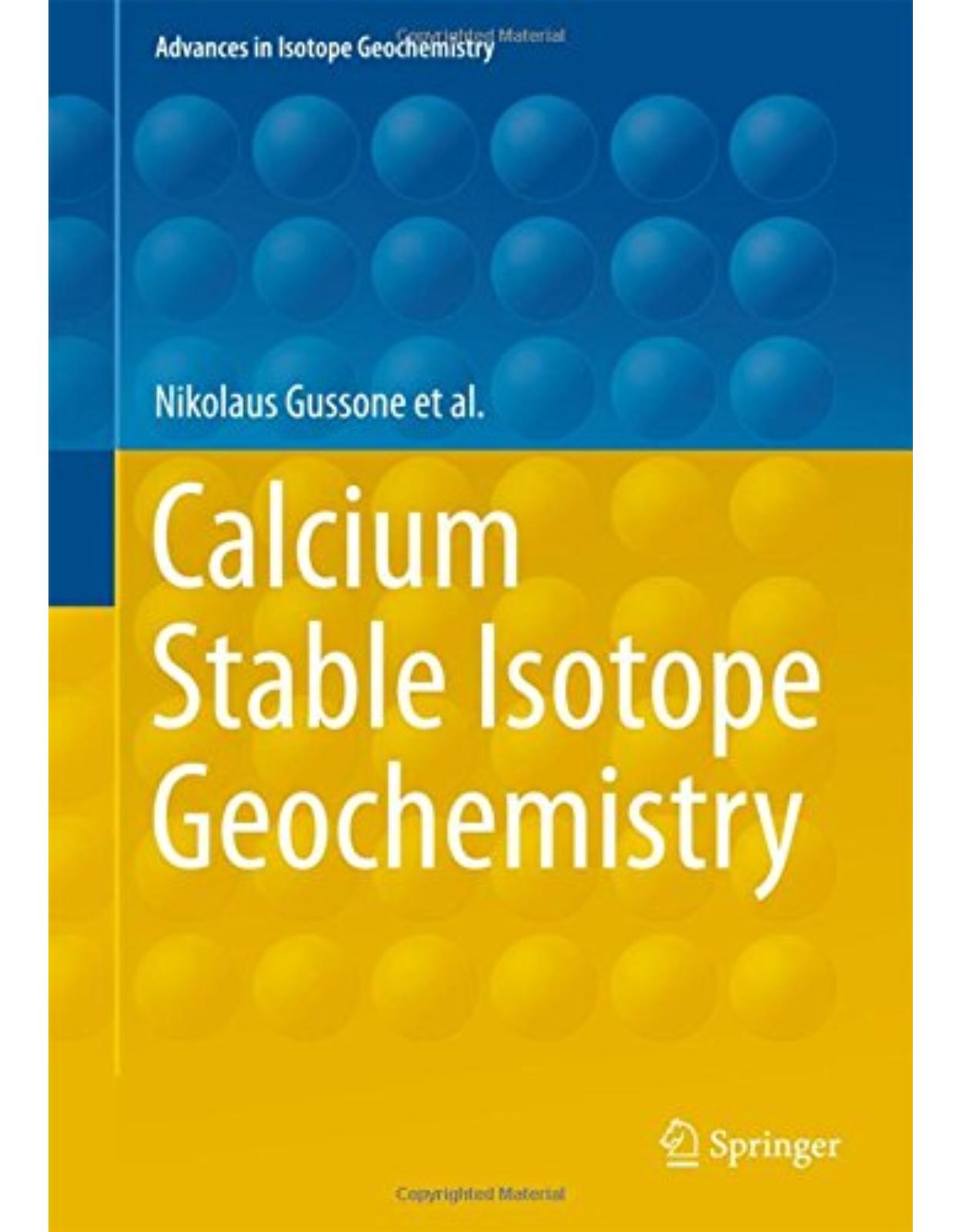

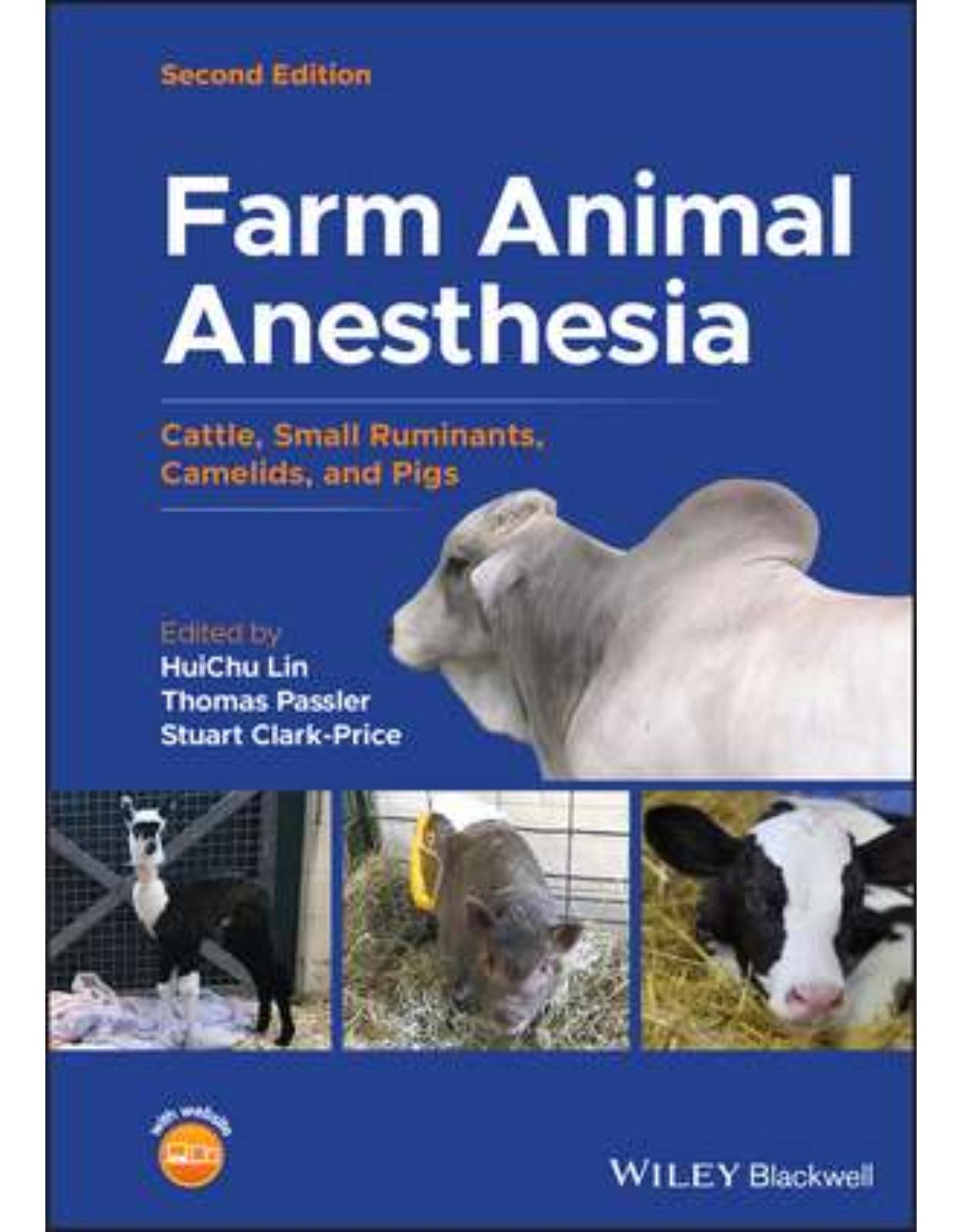
Clientii ebookshop.ro nu au adaugat inca opinii pentru acest produs. Fii primul care adauga o parere, folosind formularul de mai jos.